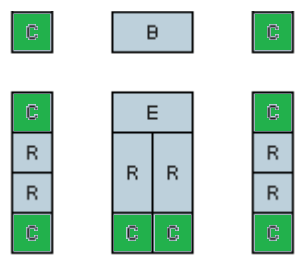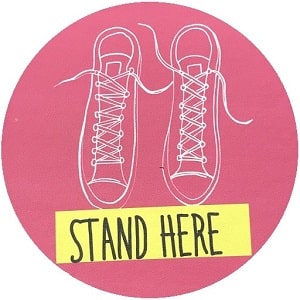
The 4 types of exhibition stands covered in this post are:
1. Inline booth

Inline booths are the most common booths in a trade show. Inline booths are also referred to as linear or row booths. An inline booth is sometimes referred to as a perimeter booth if their booths are backed against the venue wall. These booths are generally arranged in a straight line with other inline booths and corner booths. Only the front of the booth is exposed to the aisle.
The typical size of an inline booth is 3m x 3m or 6m x 3m.
Here are two examples of inline booth designs.


2. Corner booth

A corner booth is situated at the end of an aisle. The biggest difference between a corner booth and an inline booth is it provides access to attendees from two sides. One from along the horizontal aisle and the other from the vertical aisle. As the corner booth is exposed from two aisles, the exhibitor can expect a higher number of visitors compared to an inline booth.
Here are two examples of corner booth designs.


3. Peninsula booth

A peninsula booth is situated at the end of an aisle. A peninsula booth is accessible from three sides of the booth with the back being against another booth. There are two types of peninsula booths:
- The first type has its back against an inline booth.
- The second type has its back against another peninsula booth which creates an island in itself.
The typical sizes of a peninsula booth are 6m x 3m and 6m x 6m.
Here are two examples of peninsula booth designs.


4. Island booth

An island booth is open on all four sides. Because it is accessible to attendees from all sides, it tends to attract the most attention out of all the booth types. The island booth is also the most expensive booth because it requires a more elaborate design.
The typical size of an island booth is 6m x 6m.
Here is an example of an island booth design.







